PUBLISHED JULY 18, 2021
/cloudfront-us-east-1.images.arcpublishing.com/tgam/4MX7IO6QNFLWVMP7D54SAU2IYQ.JPG)
Container trucks at the Urumqi China-Europe Railway Express Hub in Urumqi, Xinjiang Uyghur Autonomous Region, China, July 14, 2021.
STRINGER/REUTERS
Irwin Cotler is the international chair of the Raoul Wallenberg Centre for Human Rights, an emeritus professor of law at McGill University and a former minister of justice and attorney-general of Canada.
David Kilgour is a lawyer and author who was a member of Parliament for almost 27 years and served as secretary of state (Asia-Pacific). Together with David Matas, he was nominated for the Nobel Peace Prize in 2010 for his work against organ pillaging in China.
Do Canadians want their financial futures built on the suffering of China’s persecuted Uyghur minority?
This question is raised by the practices of the Canada Pension Plan Investment Board (CPP Investments), which has invested billions of dollars of CPP contributions deducted from Canadians’ paycheques into Chinese and multinational companies identified as using Uyghur forced labour.
Forced labour is an integral component of the Chinese government’s systematic persecution of the Uyghurs, recognized as genocide by Canada’s and some European parliaments, as well as the U.S. State Department.
As of Sept. 30, 2020, CPP Investments had invested more than $55-billion in Chinese companies, about 12 per cent of their total assets ($456-billion) at the time. This included investments in major companies blacklisted by the U.S. government because of their business practices or ties to the defence or surveillance technology sectors.
CPPIB, AIMCo commit $2.4-billion to help fund expansion for wireless infrastructure firm BAI Communications
Other large Canadian pension plans, including the Ontario Teachers’ Pension Plan and major public-sector plans in British Columbia, have also invested in companies linked to the Uyghur genocide. However, CPP Investments’ actions are of particular concern, as they make 20 million CPP contributors and beneficiaries from coast to coast complicit in China’s persecution of the Uyghurs.
Last year, the Australian Strategic Policy Institute (ASPI), a non-partisan think tank, presented compelling evidence that Uyghurs moved from their homes in the Xinjiang region to other parts of China are working as forced labour in the supply chains of 82 international brands, including Amazon, Apple, Google, Nike, Samsung, Sony and Volkswagen.
This should be of concern to Canadians who strongly supported members of Parliament when they voted 266-0 in February to recognize that China’s government is conducting a genocidal campaign against Uyghurs and other Turkic Muslims. Subsequent polling by Angus Reid indicated that approximately three-quarters of Canadians agreed that China’s actions constitute genocide. Almost four in five respondents also said respect for human rights and the rule of law should supersede trade and investment opportunities in Canada’s dealings with China.
CPP Investments, which is accountable to Parliament and federal and provincial ministers of finance, has a mandate to invest almost $500-billion of CPP assets “to maximize returns without undue risk of loss.” The purpose, CPP Investments states, is to help provide a foundation upon which Canadians can build their financial security in retirement. But the retirement security of Canadians should not be built on financial returns from genocidal practices.
One of the guiding principles of CPP Investments states: “We at all times meet or exceed the high ethical standards expected of us by the over 20 million CPP contributors and beneficiaries.” As a petition recently posted by Stop Uyghur Genocide Canada states, CPP Investments’ ethical commitments require it to act immediately to 1) divest from all Chinese companies and 2) divest from all multinational companies identified as using Uyghur forced labour in China in their operations or supply chains.
Some might ask why it is necessary to divest from all Chinese companies. China’s government has never ratified International Labour Organization rules against forced labour and does not allow free and independent verification of workplace conditions, so it is impossible to distinguish Chinese companies using forced labour from those that don’t. The only way to avoid reaping returns from such an inhumane practice is to divest from all Chinese companies.
The Chinese government also persecutes the people of Tibet and members of the Falun Gong spiritual movement. Reports indicate it is forcibly removing the organs of political prisoners, including Uyghurs, for transplant. We have witnessed China’s intimidation of Taiwan and its cruel and unjustified imprisonment of Canadians Michael Spavor and Michael Kovrig. And the Inter-Parliamentary Alliance on China has called for sanctions on Chinese and Hong Kong officials for the violation of international law and for human-rights abuses in Hong Kong.
All this raises the question: Is a bullying country that repeatedly violates international norms a good and secure place to invest? The more immediate issue, however, is ensuring that CPP Investments is not investing the pension contributions of Canadians in companies linked to the Uyghur genocide. The time for action is now.
Editor’s note: After the March, 2020, publication of the Australian Strategic Policy Institute report that highlighted the situation in Xinjiang province, CPP Investments undertook a targeted review of its investments in the region in light of the conditions, in addition to its geopolitical and reputational risk assessments, and engaged in dialogue directly with holdings that were implicated.
As of March, 2021, CPP Investments had invested $57.5-billion in Mainland China, including real estate, public equities, private and real estate investment funds, and direct investments, representing 11.6 per cent of the fund’s total assets.
IRWIN COTLER (FORMER LIBERAL JUSTICE MINISTER ZIONIST)
INCLUDES CLARIFICATION

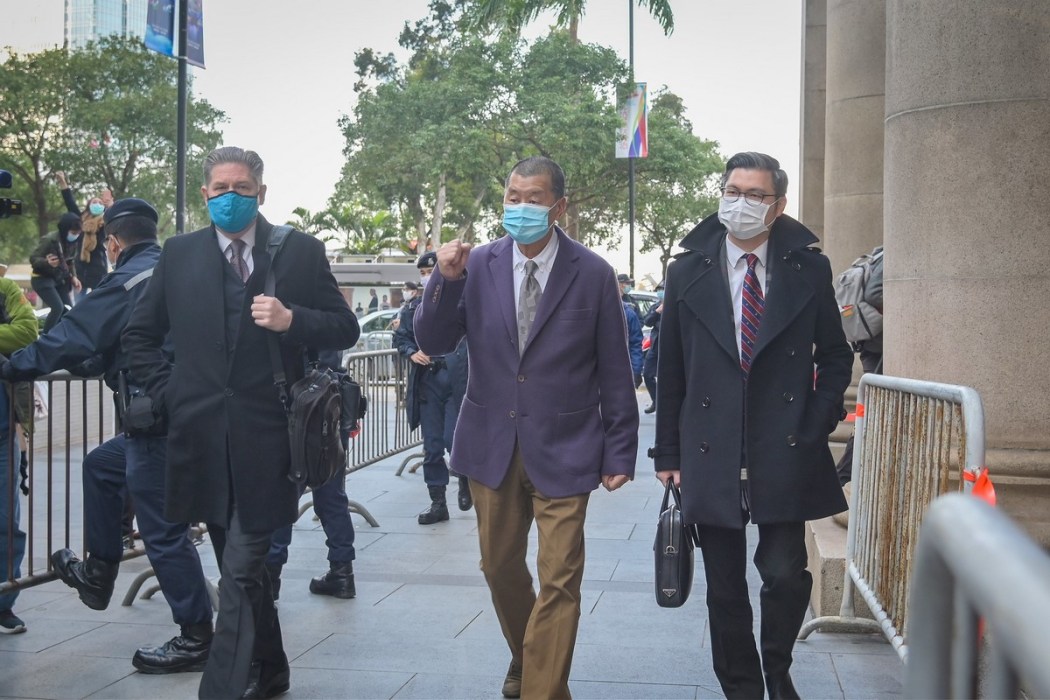

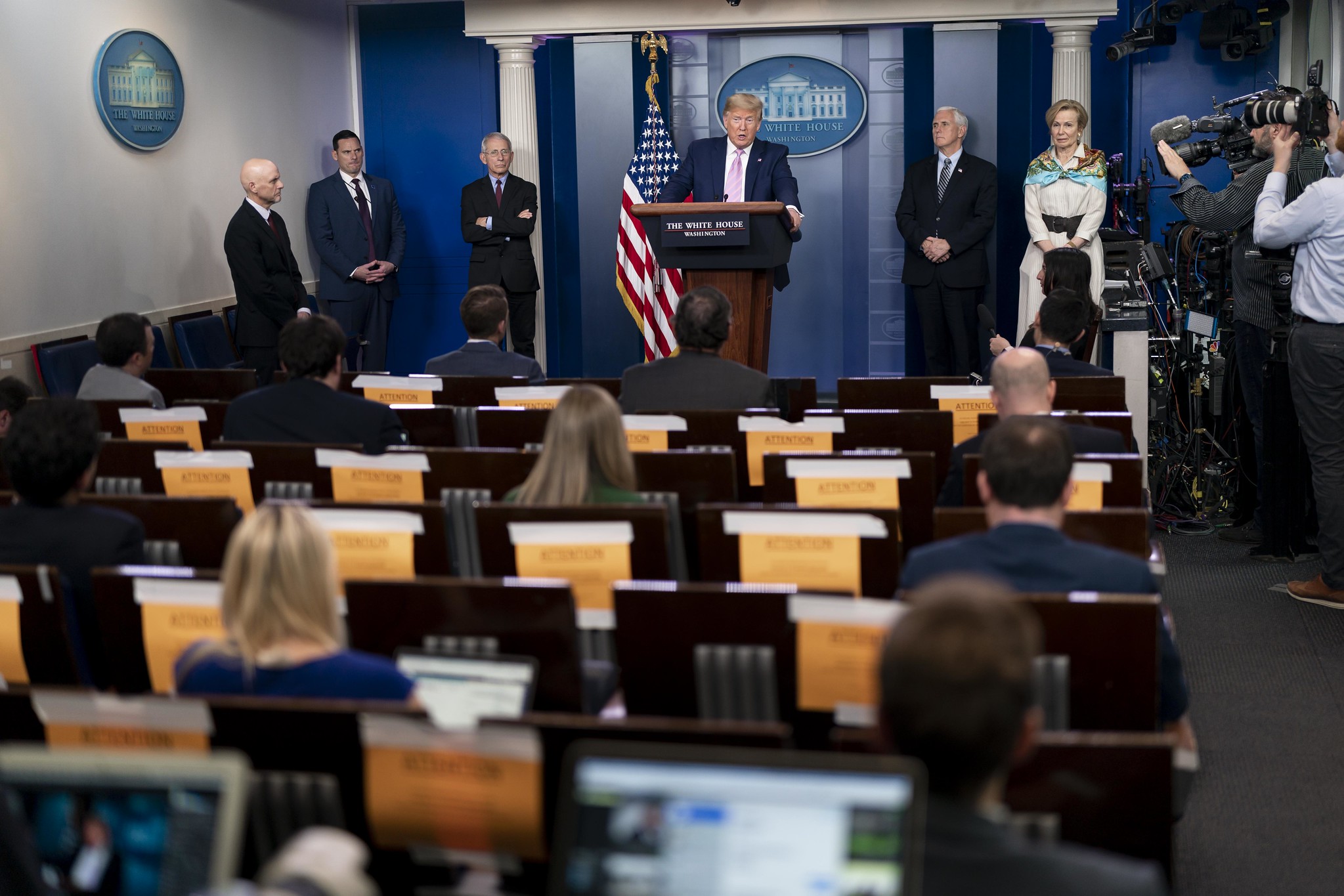











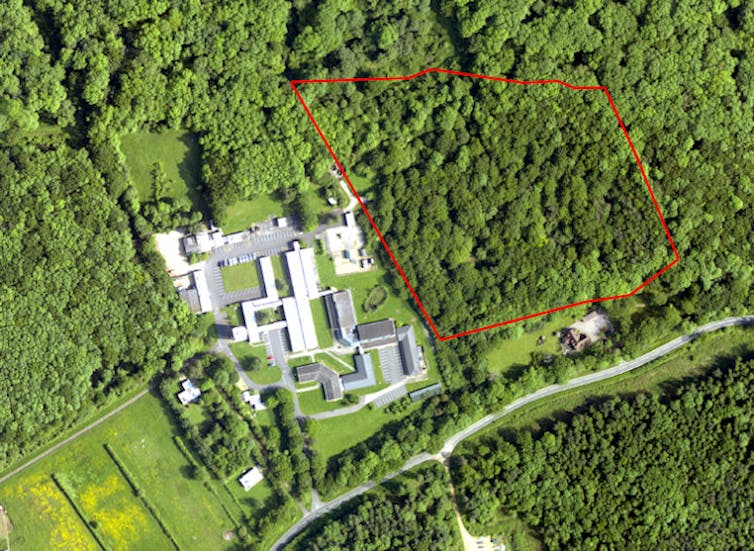

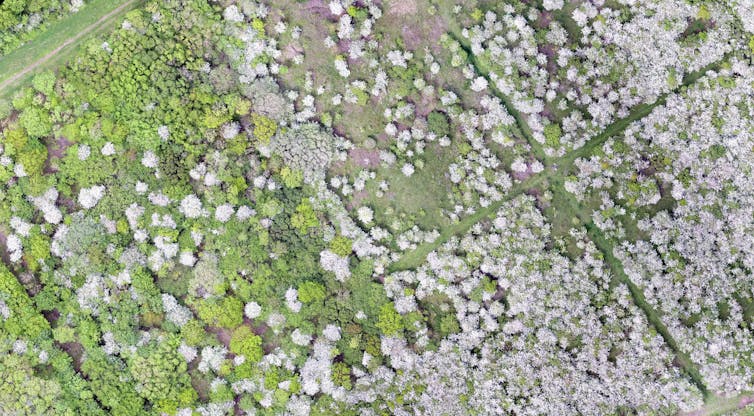



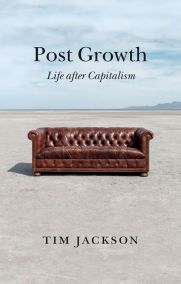
/cloudfront-us-east-1.images.arcpublishing.com/tgam/S2HBXCVOXJK7JABMGOTZKZLLDQ.jpg)





